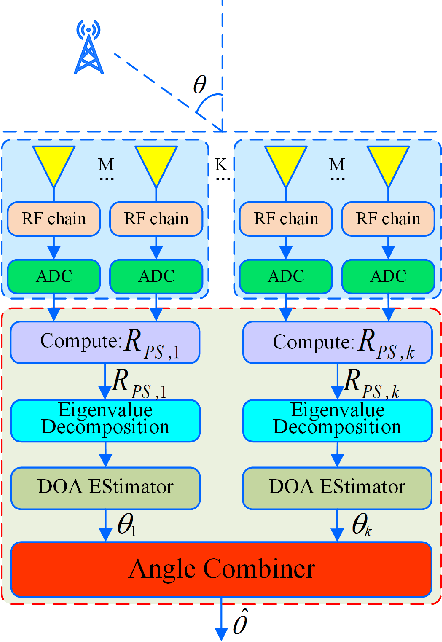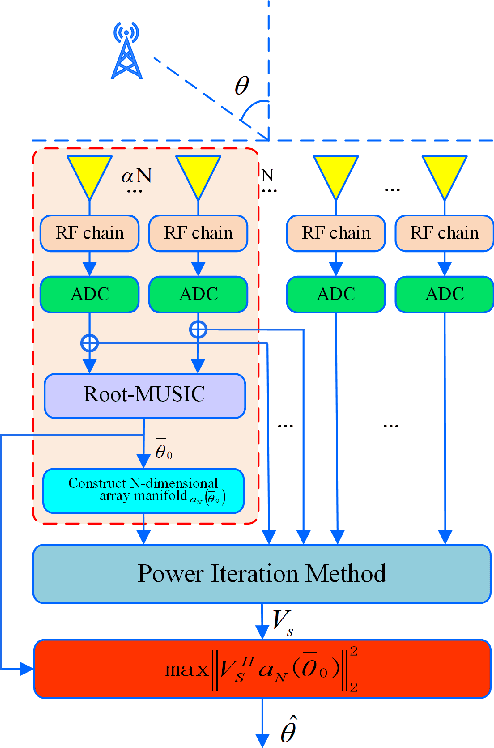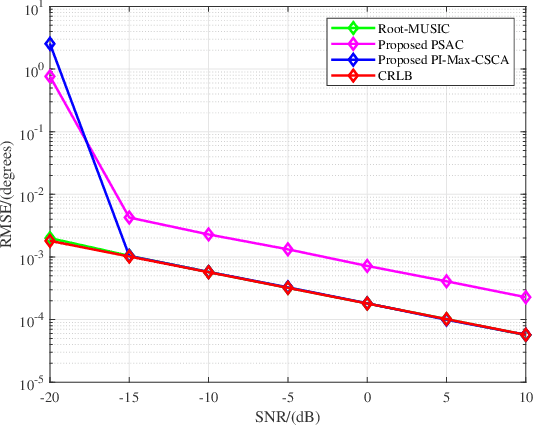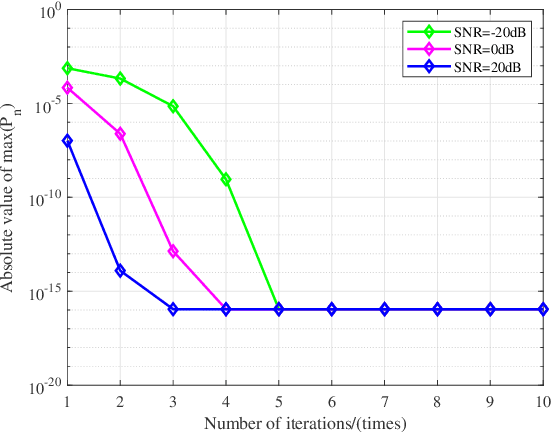Two Low-complexity DOA Estimators for Massive/Ultra-massive MIMO Receive Array
Paper and Code
Apr 20, 2022



Eigen-decomposition-based direction finding methods of using large-scale/ultra-large-scale fully-digital receive antenna arrays leads to a high or ultra-high complexity. To address the complexity dilemma, in this paper, two low-complexity estimators are proposed: partitioned subarray combining (PSAC) and power iteration max correlation successive convex approximation (PI-Max-CSCA). Compared with the conventional no-partitioned direction finding method like root multiple signal classification (Root-MUSIC), in PSAC method, the total set of antennas are equally partitioned into subsets of antennas, called subarrays, each subarray performs independent DOA estimation, and finally all DOA estimates are coherently combined to give the final estimate. In PI-Max-CSCA method, using a fraction of all subarrays to make an initial coarse direction measurement (ICDM), the power iterative method is adopted to compute the more precise steering vector (SV) by exploiting the total array, and a more accurate DOA value is found using ICDM and SV through the maximum correlation method solved by successive convex approximation.
 Add to Chrome
Add to Chrome Add to Firefox
Add to Firefox Add to Edge
Add to Edge